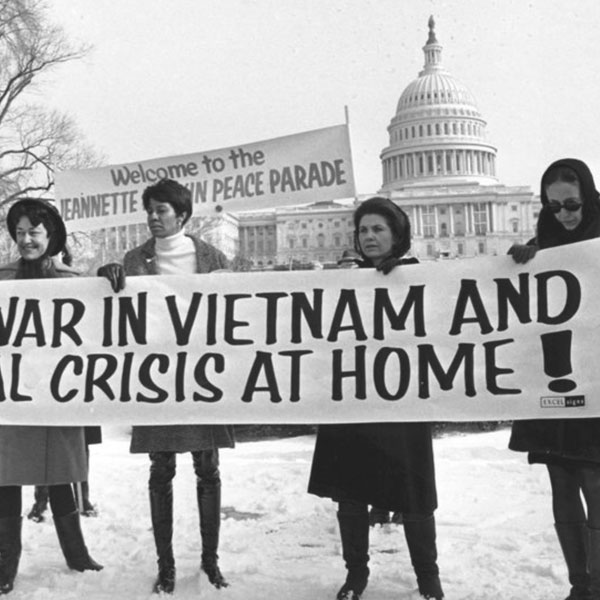The future of dangerous fences across the Sacramento River levee may depend on letters written during the Vietnam War.
The letters contain fence authorizations granted by the Army Corps of Engineers. They date from 1968.
It’s unclear whether the letters really exist. Authorities can’t or won’t produce the paperwork for public examination by Inside Sacramento.

But the Central Valley Flood Protection Board believes the letters exist, along with ancient permits from state flood agencies to build private fences blocking public access to the levee. The Army Corps doesn’t deny writing the letters.
Last year, several property owners near the river in Pocket requested permission from the flood board to build new fences across the levee. Previous fences were torn down by Army Corps contractors for levee repairs.
At first, the property owners just wanted temporary fences. Flood board executive officer Chris Lief swiftly authorized five temporary gates. Doing so, he apparently violated state law.
The California Code of Regulations says Lief should have asked his board for approval. Instead, he signed the authorizations in private without public notice or hearing.
But that wasn’t good enough for the property owners. They want permanent fences, which require a significant review process. Lief seems eager to recommend approval.
He tells me via email, “The property owners requesting authorization (for permanent fences) have a pre-existing Board permit and Letter of Permission from the U.S. Army Corps of Engineers (for the fences).”
Really? The Army Corps is vague about the letters. Assuming they exist, an Army Corps spokesman confirmed they carry no expiration date. Like a social disease, they last forever.
“If the description of the work in the letter and the permit file is consistent with the conditions on the ground, the letters would still be applicable,” Luke Burns, local Corps spokesman, tells me via email.
Obviously, conditions on the ground have changed in five decades. Conditions can’t be consistent with work described in letters written when Lyndon Johnson was president.
A half century ago, Pocket was farmland. Few houses stood in Greenhaven or Pocket. Subdivisions were a decade or more away.
No suburban homes sat where property owners want to build fences today.
But these facts may not matter. The Corps entrusted the controversy to the agency least qualified to make a decision about fences—the Central Valley flood board, seven political appointees.
“If any conditions or requests have changed, it’s up to the state (flood board) to determine if they need to get authorization from us,” Burns says.
Building private fences across the levee is tricky, dangerous business. Holes are dug into the levee. Concrete is poured. Erosion follows.
Then comes dangers created by fences themselves—chain link barriers that often illegally run past high-water lines. Debris accumulates. More erosion follows.
Logic suggests these realities would encourage flood authorities to reject applications to build fences. But logic seems to have abandoned the flood board.
Flood agency officials spent months last year processing at least three and possibly five applications for permanent fences in Pocket. The applications could reach flood board members for approval any time now.
There’s another problem with fences. They wreck the city’s plan to build an equity bike trail along the levee, linking Meadowview and Pocket with Downtown in 2026.
Two government agencies have power to stop the flood board from rubber-stamping levee fences. Neither appears inclined to interfere.
One agency is the California Department of Water Resources. Maintenance crews from DWR keep the levee free of debris and erosion. But a spokesman confirmed to me the local DWR maintenance office endorsed three permanent fence applications last year.
No public notice. No hearing. The endorsements happened in secret. Zero transparency.
The other agency responsible for levee safety is the Army Corps. Contractors hired by the Corps are finishing a $1.8 billion levee repair job.
That should be enough to make the Corps reluctant to let people dig holes in the levee.
And enough to make the Corps and other agencies admit conditions have changed since 1968.
R.E. Graswich can be reached at regraswich@icloud.com. Follow us on Facebook and Instagram: @insidesacramento.
















